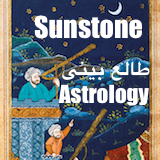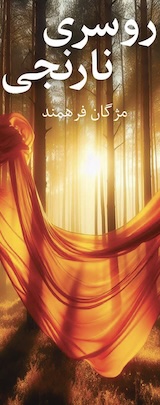Link
MajidNaficy 's Recent Links
The New Yorker: What If A.I. Doesn’t Get Much Better Than This?
MajidNaficy | 11 hours ago
0 25
The New Yorker: Can President Trump Run a Mile?
MajidNaficy | 12 hours ago
0 21
The New Yorker: Why Hasn’t Medical Science Cured Chronic Headaches?
MajidNaficy | 12 hours ago
0 25
In Conversation with Golshifteh Farahani: “My Music, My Cinema, My Freedom”
Viroon | 9 hours ago
0 56
Category: None










Comments